Technological Advancements
The Smart Medical Devices Market is experiencing rapid technological advancements that enhance device functionality and user experience. Innovations in sensor technology, connectivity, and data analytics are driving the development of smarter devices. For instance, the integration of Internet of Things (IoT) capabilities allows for real-time monitoring and data transmission, which is crucial for patient management. According to recent data, the market for smart medical devices is projected to grow at a compound annual growth rate (CAGR) of approximately 25% over the next five years. This growth is indicative of the increasing demand for devices that not only monitor health but also provide actionable insights, thereby improving patient outcomes.
Rising Chronic Disease Prevalence
The prevalence of chronic diseases is a significant driver for the Smart Medical Devices Market. As populations age and lifestyle-related health issues become more common, the demand for smart medical devices that can monitor and manage these conditions is increasing. For example, devices that track blood glucose levels or heart rates are becoming essential for patients with diabetes and cardiovascular diseases. Market data suggests that the number of individuals living with chronic diseases is expected to rise, leading to a projected increase in the smart medical devices market, which is anticipated to reach a valuation of over 200 billion dollars by 2026. This trend underscores the necessity for innovative solutions that cater to the needs of these patients.
Growing Awareness of Health and Wellness
The increasing awareness of health and wellness among consumers is propelling the Smart Medical Devices Market. As individuals become more health-conscious, there is a heightened interest in devices that promote proactive health management. This trend is reflected in the rising sales of fitness trackers and health monitoring devices, which empower users to take charge of their health. Market data indicates that the wellness technology sector is expanding rapidly, with smart medical devices playing a pivotal role in this growth. The emphasis on preventive healthcare and self-monitoring is likely to sustain the momentum of the smart medical devices market, as consumers seek tools that support their health goals.
Consumer Demand for Personalized Healthcare
There is a growing consumer demand for personalized healthcare solutions, which is significantly influencing the Smart Medical Devices Market. Patients are increasingly seeking devices that cater to their specific health needs and preferences. This shift towards personalized medicine is prompting manufacturers to develop smart devices that offer tailored health monitoring and management features. For instance, wearable devices that provide customized feedback based on individual health data are gaining popularity. Market analysis indicates that the demand for personalized healthcare solutions is likely to drive the smart medical devices market, with expectations of a substantial increase in market share as consumers prioritize health management that aligns with their unique lifestyles.
Increased Investment in Healthcare Technology
Investment in healthcare technology is a crucial driver for the Smart Medical Devices Market. Governments and private sectors are allocating significant resources towards the development and deployment of smart medical devices. This influx of capital is facilitating research and development, leading to the introduction of innovative products that enhance patient care. Recent statistics reveal that healthcare technology investments have surged, with billions of dollars being funneled into smart device development. This trend is likely to continue, as stakeholders recognize the potential of smart medical devices to improve healthcare efficiency and outcomes, thereby expanding the market further.
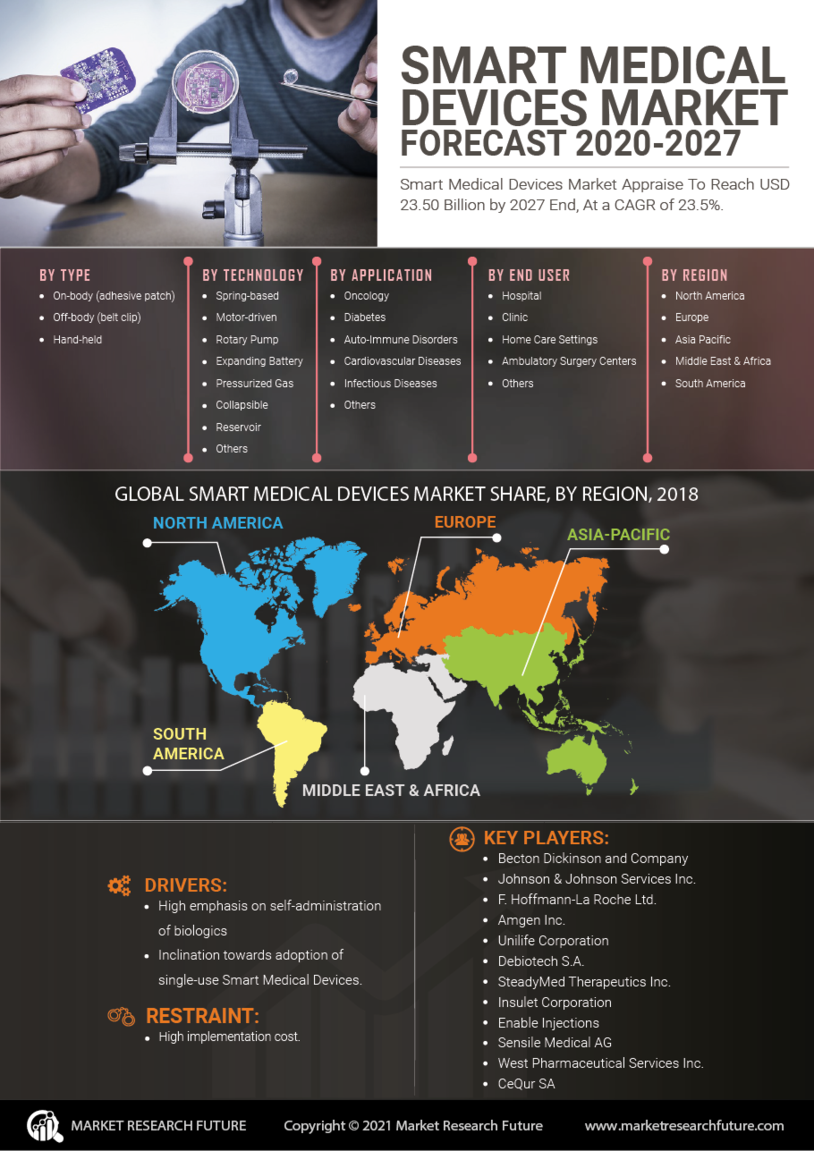

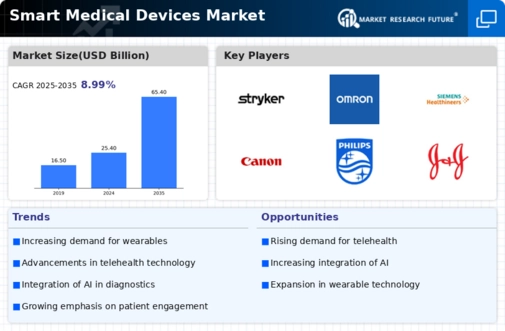
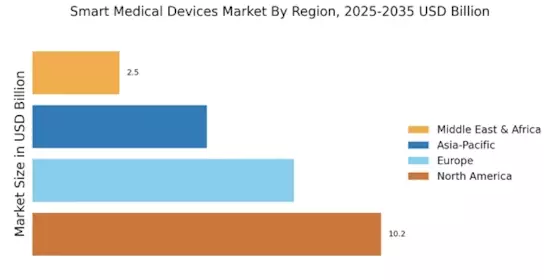
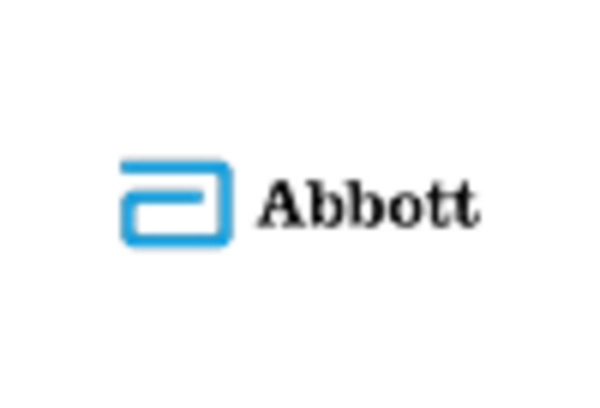
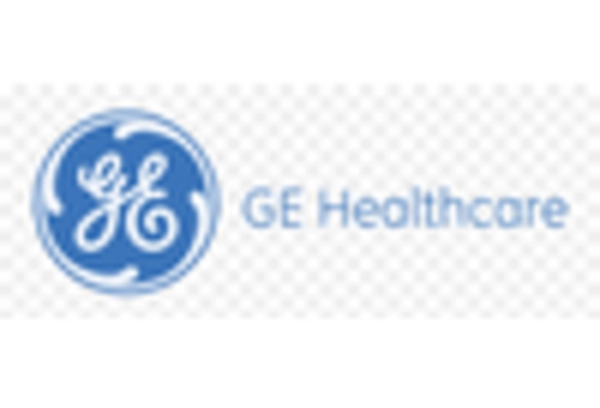


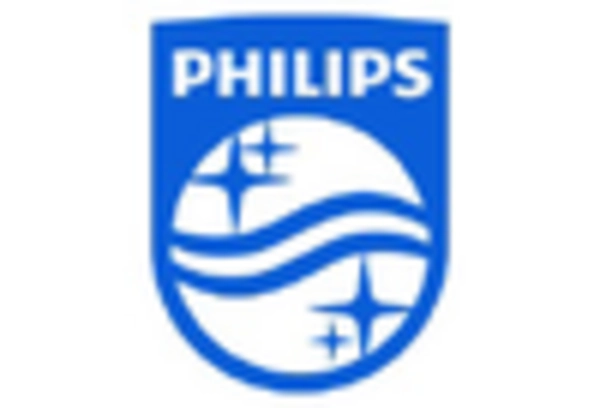
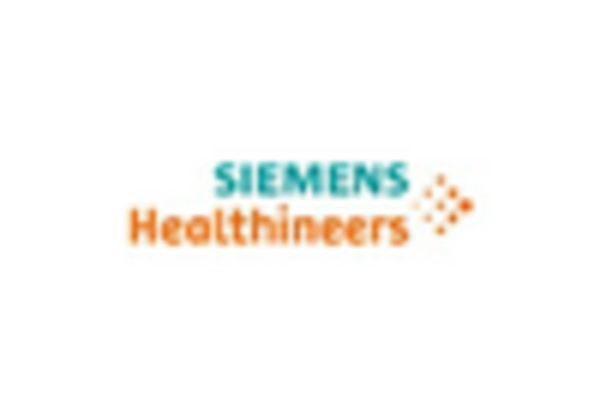








Leave a Comment